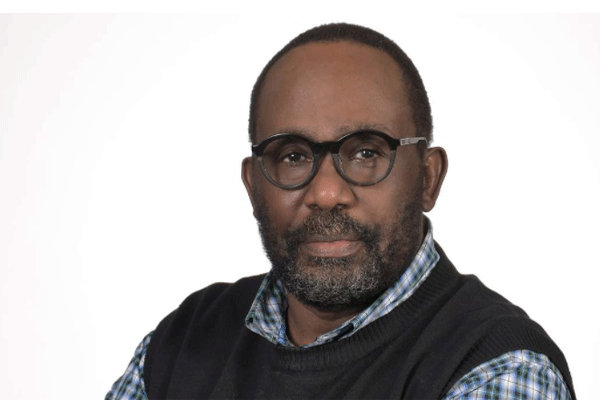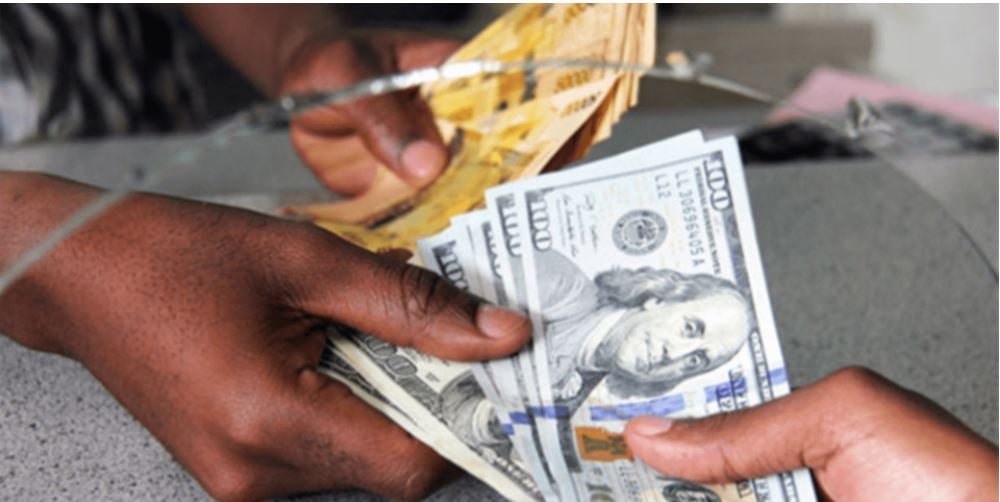Prime
Even Amin wouldn’t make Uganda football giant (Part 2)

Author, Charles Onyango Obbo. PHOTO/FILE
What you need to know:
“Look today; even Kampala Club is a place for entertainment. There is hardly any club today that is about sports. They are drinking places...”
Last week in “Even Amin wouldn’t take Uganda to World Cup (Part 1)” we argued that there are many reasons Uganda isn’t an African or global footballing giant. That if former military leader Idi Amin, under whose rule Uganda had its continental footballing glory period, had been in power, he wouldn’t have made a difference. Also, that if the government today had lavished The Cranes with billions of shillings, they might still not have made it to the World Cup. That’s because money alone doesn’t make a country a great footballing nation. If money was so critical, South Africa or Egypt would be perennial African Cup of Nations champions and regular World Cup qualifiers. And, on that account, Argentina wouldn’t have won the 2022 World Cup. China would have qualified (it didn’t) and would have gone on to take the trophy. We argued that “estate culture” and we should have added “community” are among the social structures that produce great footballing – and general sporting – talent.
Apart from the other factors we noted about the old Naguru-Nakawa estate and its historical role in producing so much of the country’s sporting talent, consider the ecosystem that allowed it to do so. Right next door, it had Lugogo football and hockey fields. These are long gone, eaten up in the great march of urbanisation and the government’s proclivity to sell off these facilities to investors who can supposedly more “productively” use them for things like malls.
Lugogo indoor stadium used to have first-class facilities that were available even to working-class children from Naguru-Nakawa. Naguru and Bugolobi had thriving community centres. In East Africa, Kenya is a good example where some of these facilities, though under pressure, survive. Though it doesn’t fare much better than Uganda, Kenya has more of its footballers playing in leading European clubs than we do. You see how it works elsewhere in how it feeds into popular culture, like the pidgin language Sheng (Swahili-English). Sheng has dialects, depending on the suburb. Uganda doesn’t have a Sheng equivalent, but if it did, you would have a Luzira, Bwaise, Kamwookya, Rubaga Sheng variation. This social dynamism feeds literature; hence you could have “Kwani?”, a literature creative platform that was fed partly by this estate system and produced two of Kenya’s Caine Prize for African Writing winners – not to mention our own Jennifer Nansubuga Makumbi.
The government day schools in Kampala, nearly all off them since shut down or moved, had playing fields. The new generation of private schools that have since risen to prominence and dominance don’t invest much in field sports like football and athletic. The spaces that would have been given to playfields are considered too precious, so additional classrooms that bring in money take their place. There is a view, which I am ambivalent about, that Amin’s expulsions of Ugandan Asians in 1972 did long-term damage to the country’s sports development. One of many cases cited is the very modest Buganda Road Flats.
The Buganda Road Flats, pre-1972, was an estate for working-class Asians. But it had a community centre. Like nearly all such centres owned by the Asian community, it had a space on the side where you could at least play badminton. The more affluent Asian communities ensured they had a cricket ground, at a minimum.
The British coloniser in Kololo, again, like in all the major towns where they set up shop in what were they called “white quarters”, and became “senior quarters” after independence, and the “natives” started moving in, built a golf course. The mzungu clubs in those days also had space for tennis and sometimes a swimming pool. The African working class that grew to service this Asian and mzungu middle class, and a few of its members who were admitted to the establishment, had access to these facilities. Together with the students of the Asian day schools in the towns, they produced the first generation of star cricketers, for example. A Ugandan who has studied this phenomenon and sometimes speaks about it angrily told me when the “natives” finally took over these clubs; things went south.
“Look today; even Kampala Club is a place for entertainment. There is hardly any club today that is about sports. They are drinking places. In some parts of the country, people have encroached upon or grabbed golf courses to build apartments. Others have turned them into grazing grounds for urban cows. We can’t produce world-beating sports people that way”, he mourned. All is not lost. Private individuals are setting up dedicated sports clubs and football fields again. The financial barrier to entry is high. It looks though that we might get great tennis players, swimmers, and such talent in future. But not footballers.
Mr Onyango-Obbo is a journalist, writer and curator of the “Wall of Great Africans”. Twitter@cobbo3





